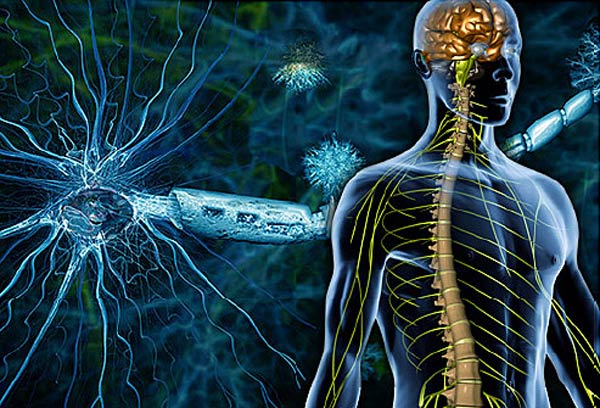Multiple Sclerosis
Multiple sclerosis (MS) is a chronic neurological disorder which affects the central nervous system (brain and spinal cord). The disease process results in inflammation and damage to myelin (the insulating tissue for nerve fibers) and other cells within the nervous system.
Because myelin aids the conduction of nerve signals, damage to myelin results in impaired nerve signaling and may impair normal sensation, movement, and thinking. This damage occurs in patches which appear as distinct lesions on magnetic resonance imaging (MRI). The patches cause different symptoms, depending on their location within the nervous system.
Currently, there is no cure for MS. There are treatments available which may slow its progression and alleviate associated symptoms. Stem cell therapy is among these treatment options.
Multiple Sclerosis Stem Cell Treatment
The MS stem cell treatment differs from standard methods because, in contrast to temporarily masking symptoms with drugs, it is a drug-free alternative focused on affecting physical changes which can improve a patient’s quality of life.
MS patients are treated by injecting the stem cells into the bloodstream by lumbar puncture. Mannitol is administered to open the blood-brain barrier, allowing the stem cells to reach the central nervous system.
Lumbar puncture is an outpatient procedures which requires patients to stay 1 week in our treatment center
Step 1 – Bone Marrow Collection for Autologous and Cord Blood for Allogenic
Bone marrow is collected from the patient’s iliac crest (hip bone) using thin-needle mini-puncture under local anesthesia. Although some pain is felt when the needle is inserted, most patients do not find the bone marrow collection procedure particularly painful. The entire procedure normally takes about 30 minutes.
Once the bone marrow collection is complete, patients may return to their hotel and go about normal activities.
Step 2 – Laboratory Processing
The stem cells are processed from cord blood or bone marrow in a state-of-the-art, government approved (cGMP) laboratory. In the lab, both the quantity and quality of the stem cells are measured. These cells have the potential to transform into multiple types of cells and are capable of regenerating or repairing damaged tissue.
Step 3 – Stem Cell Implantation
The stem cells are implanted back into the patient by intravenous administration and may be combined with lumbar puncture.
Lumbar puncture
A lumbar puncture is a puncture of the spinal canal using a fine needle, beveled at the front, in the lumbar region (lowest vertebrae of the back) of the spinal column for extracting spinal fluid (nerve or cerebral fluid). Lumbar punctures are primarily performed to diagnose for instance inflammatory disorders of the nervous system such as meningitis or multiple sclerosis. The extracted fluid, which is usually clear like water, in such cases is then examined in various ways in the laboratory.
During the LP for the stem cell therapy a volume of spinal fluid is extracted that is equivalent to the volume of your own stem cells intended for transplantation, so as little pressure difference as possible occurs in your spinal fluid space. Changes in the pressure of the spinal fluid can cause headache. This pain is not dangerous and rarely lasts longer than 1 – 2 days, but the pain can be uncomfortable especially when getting up from a horizontal position due to the changing pressure ratios.
To learn more please contact us
